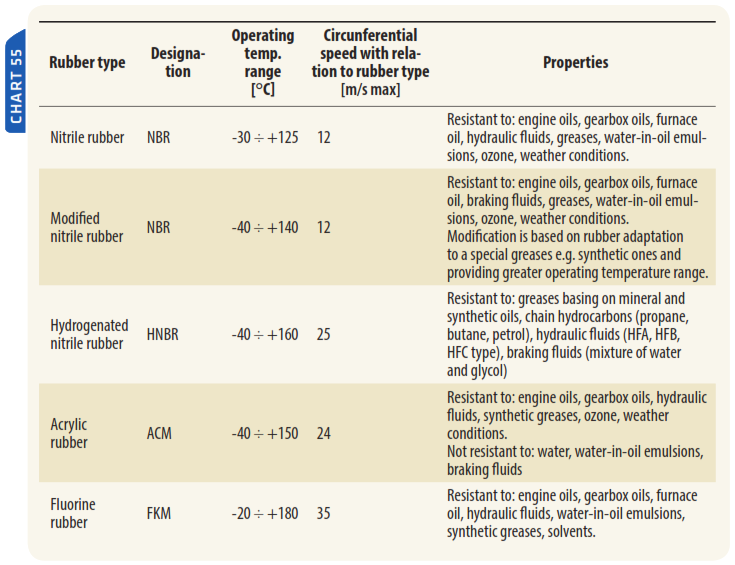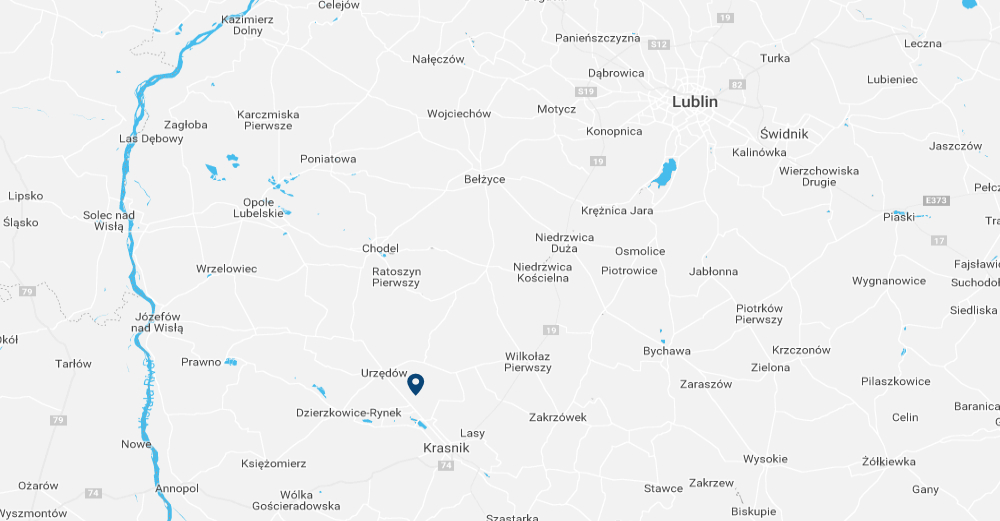In many cases bearing sealing has great influence on bearings durability and reliability. The basic function of seals is bearings protection from penetration by different kinds of contamination and moisture, they also provide grease retention. Furthermore seals protect other parts of the machinery from bearing’s lubricant which might be harmful for example in electrical motors.
When choosing optimal bearing sealing solution for particular case one have to consider many different aspects. The most important are:
- lubrication type (oil or grease),
- circumferential speed in the sealing area,
- bearing mounting design (coaxiality, space for sealing solution),
- operating conditions of the machinery.
Types of seals
Depending on amount of lips we distinguish following types:
- single lip,
- double lip,
- multi-lip.
Depending on seal reinforcement we can distinguish following types:
- J - shaped reinforcement made from DC04 steel,
- plane reinforcement made from spring steel,
- complex shaped reinforcement made from DC04 steel.
Depending on mounting manner on a ring we can distinguish two types:
- mounted on an outer ring (standard design)
- mounted on an inner ring (special design)
Depending whether seal is touching the ring in a sealing area we distinguish:
- contact seals,
- contact-less seals.
General requirements
Seals are dedicated to work in high and low temperatures, under compression loads connected with abrasion. They also have to be resistant to mineral oils, greases, water mist and preservative agents.
Required operating temperature ranges for different rubber mixtures used by FLT for bearing seals production, their designations and basic properties are presented in Chart 55.






